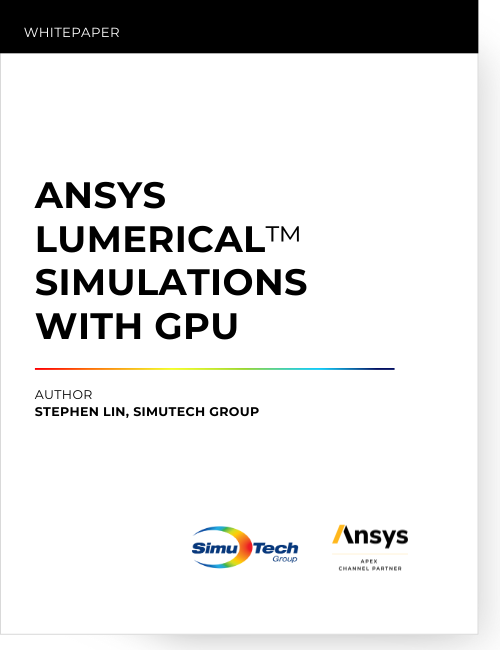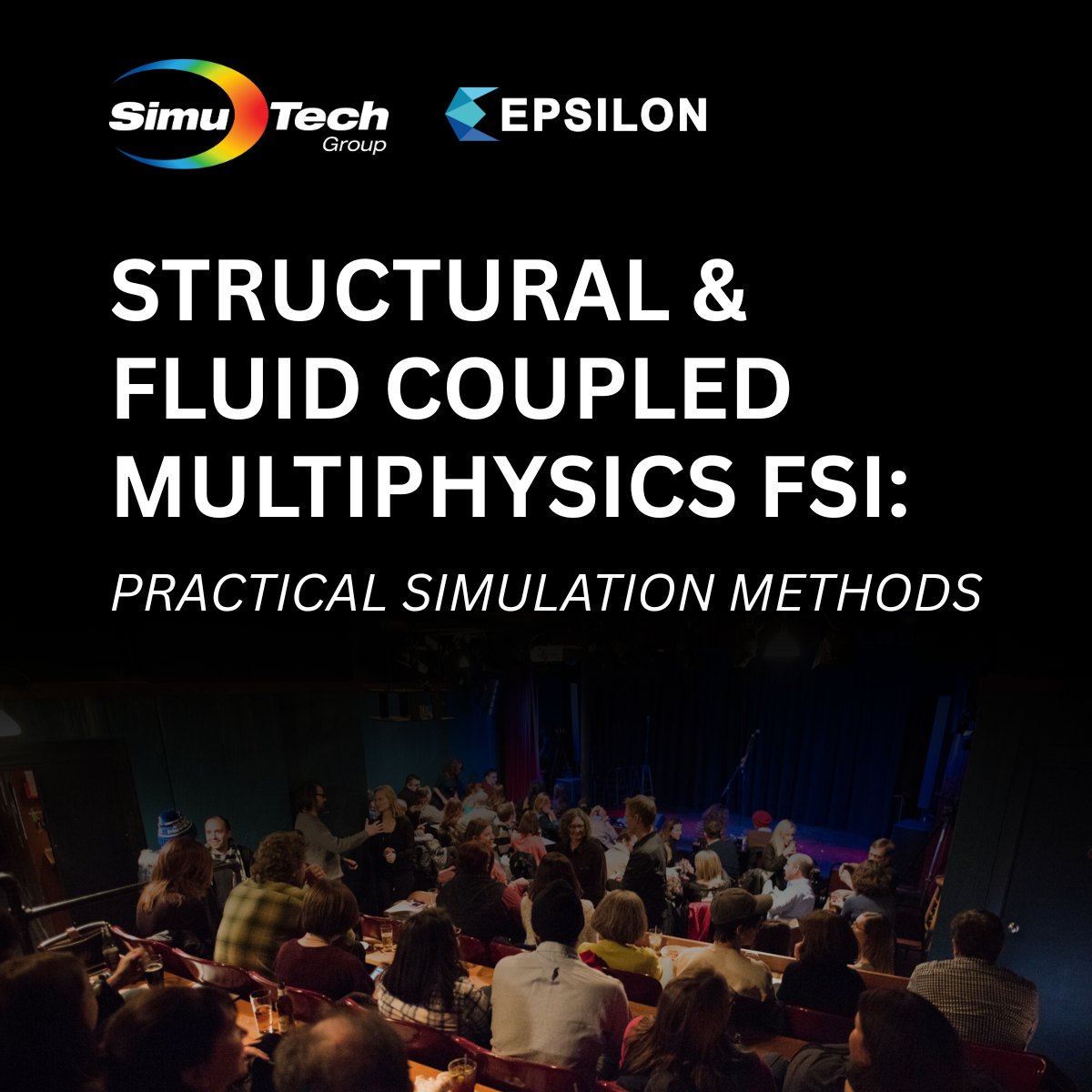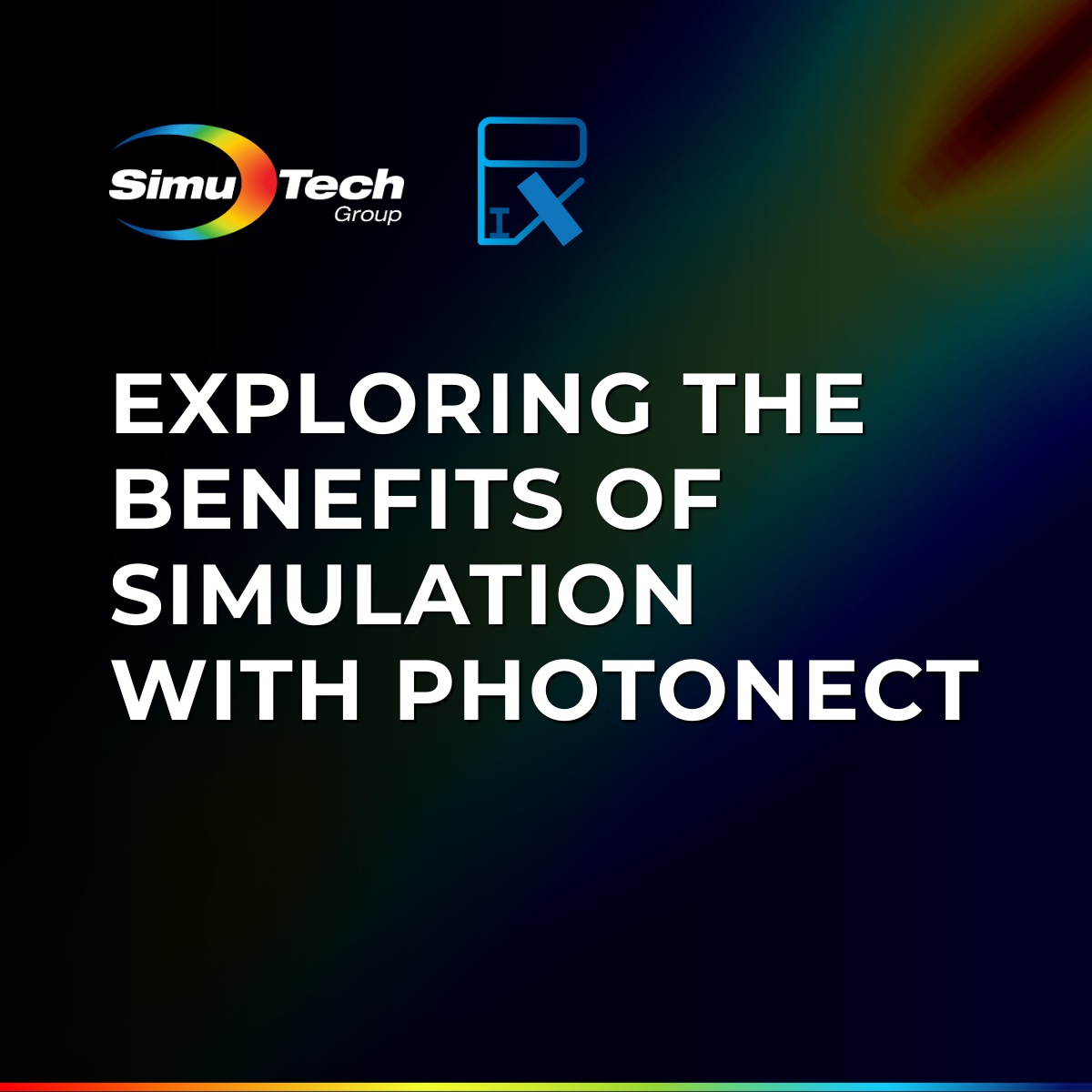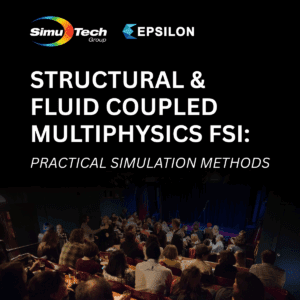Explore how GPU vs CPU acceleration is transforming photonic design in the whitepaper “Ansys Lumerical™ Simulations With GPU” by Stephen Lin, Photonics Staff Engineer at SimuTech Group.
“Ansys Lumerical™ Simulations With GPU”
Author: Stephen Lin
Abstract
In the last decade, computing complexity has grown at an unprecedented rate. The needs of machine learning and AI have pushed the limits in the advancement of hardware, in turn allowing for improved capabilities for design, verification, and simulations. By leveraging GPU vs CPU accelerated simulations, the workflows of the next decade will undoubtedly set new standards for product development.
In a collaborative effort, NVIDIA, Exxact, Dream Photonics Inc., and SimuTech Group have come together to demonstrate the immense improvements in simulation speeds when leveraging GPU vs CPU. In this whitepaper, we showcase our benchmarking results and provide insight for users looking to transition to GPU simulations in Ansys Lumerical™.

Get the Whitepaper
Need Photonics, Electromagnetics, Structural, Fluids or Other Engineering Simulation Assistance?
Contact us today to learn more about how Ansys simulation software and SimuTech Group’s expert consulting services can help you improve your simulation capability.

Stephen Lin, MASc, Electrical Engineering/Silicon Photonics
Photonics Staff Engineer, SimuTech Group
Stephen Lin has six years of experience in Silicon Photonics design and PDK development and is well-versed in industry standard software, including Ansys Lumerical, Ansys Zemax OpticStudio, Mentor Graphics Pyxis & Calibre, and SiEPIC PDK/Tools. He is skilled in foundry submission process (DRC, foundry layers, etc.), and has long-time interest in multi-physics and co-simulation of photonic systems.









